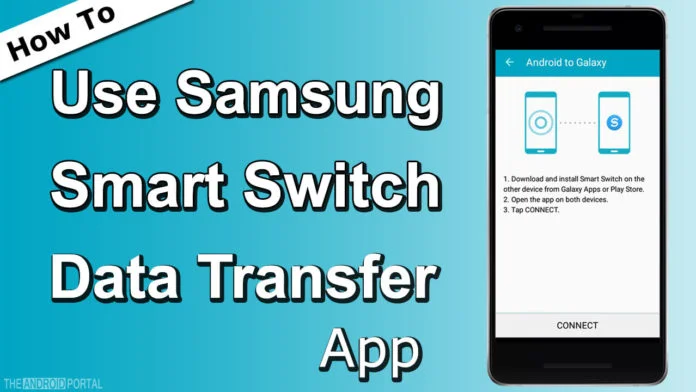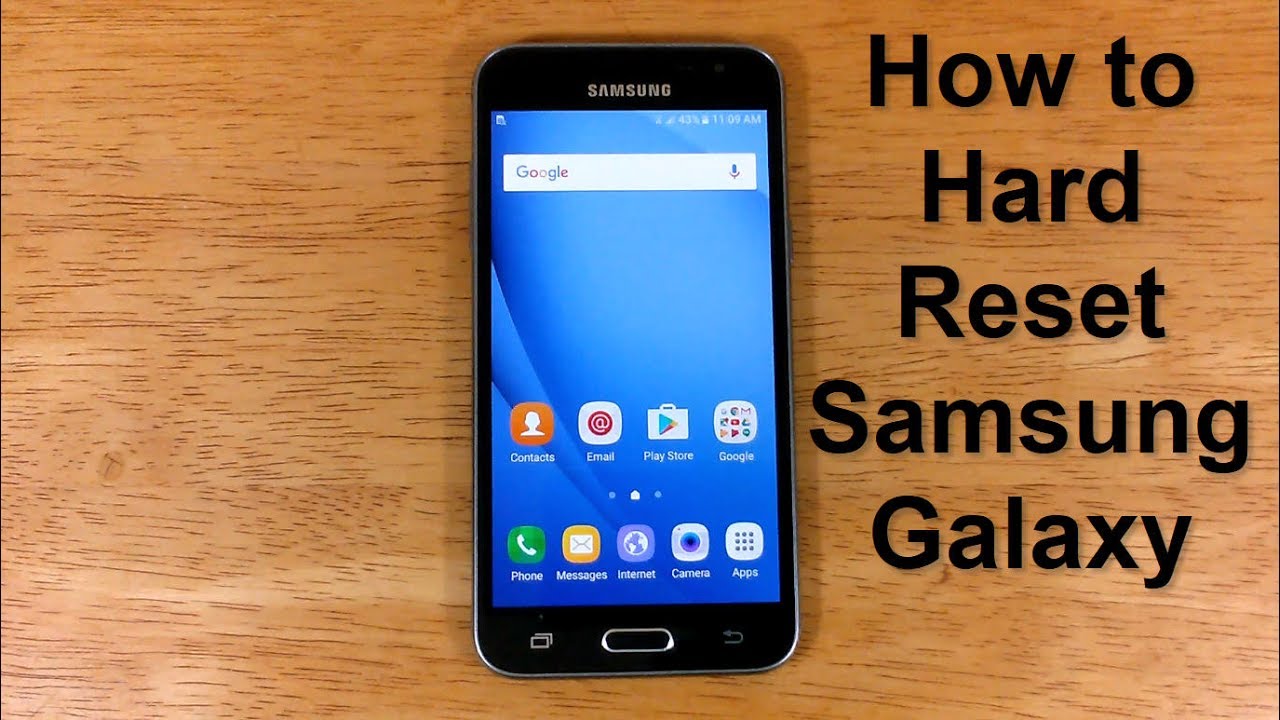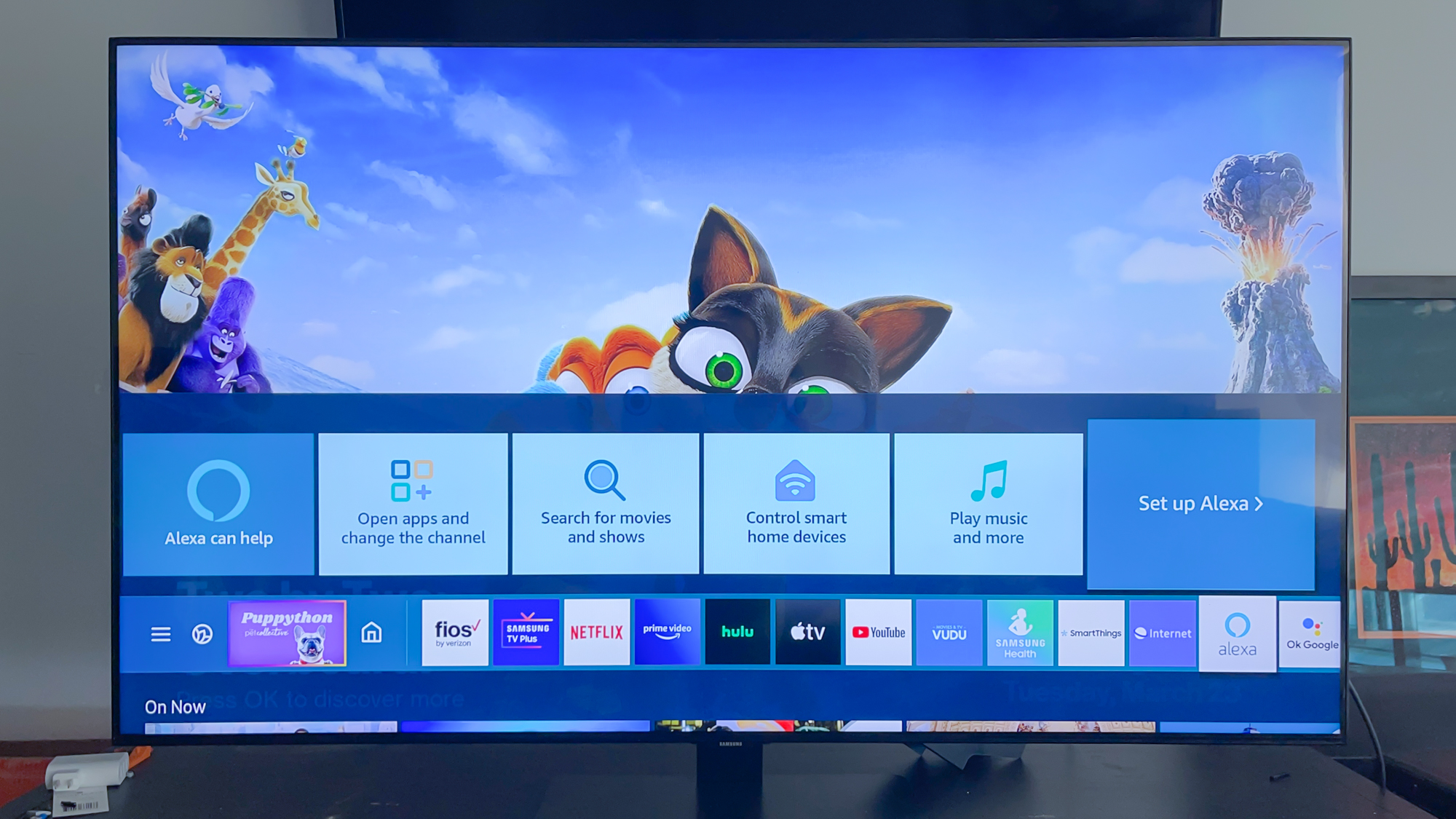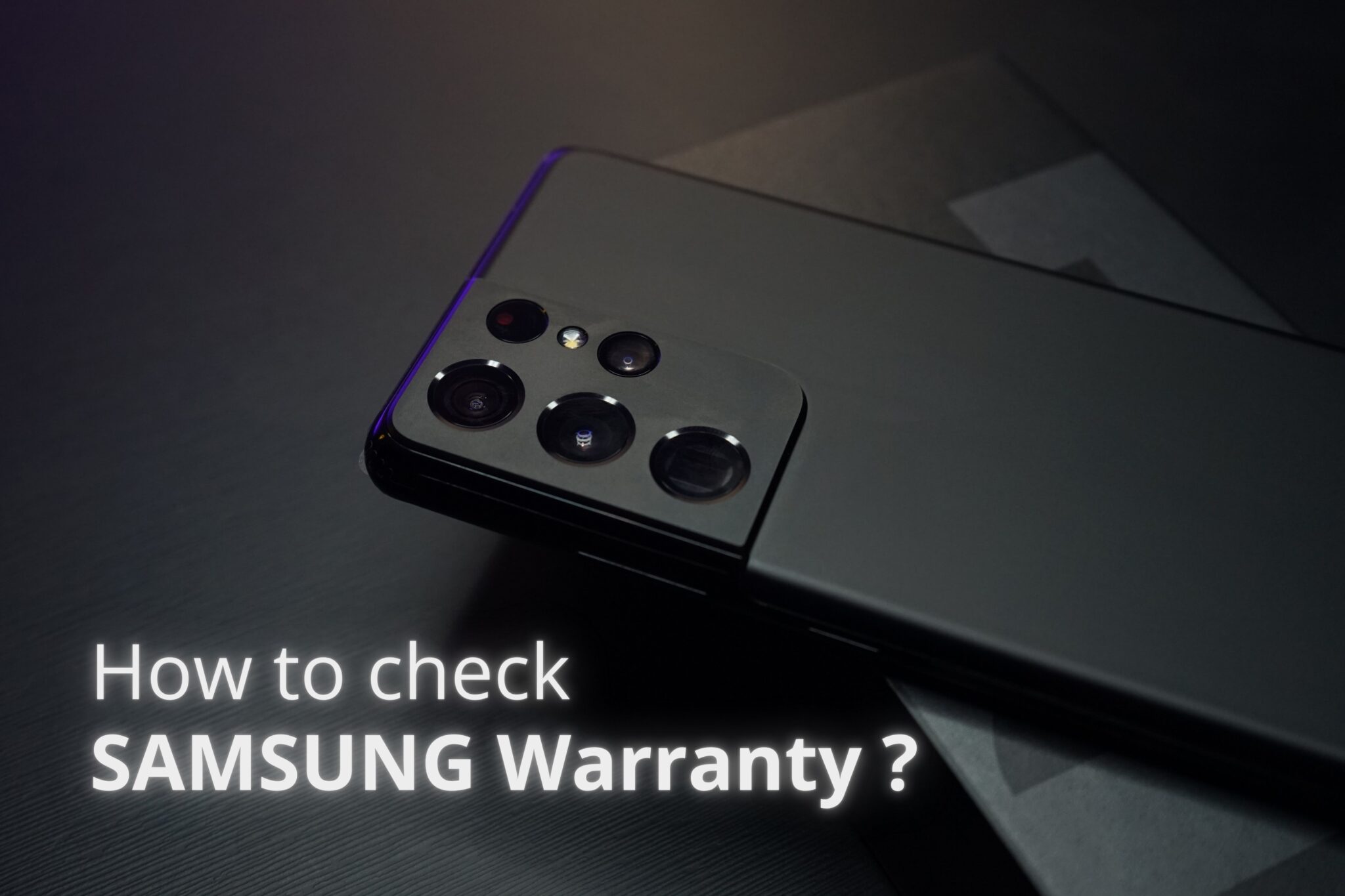Losing your phone data can be a nightmare. Photos, contacts, messages – poof, gone. It happened to a friend of mine years ago after their phone took an unexpected swim. They lost years of memories. That’s when I realized just how important backing up your phone is.
For Samsung phone users, Google Drive offers a simple and reliable way to keep your important information safe in the cloud. It’s integrated right into your phone’s settings. This guide will walk you through setting it up.
What Gets Backed Up to Google Drive?
It’s important to understand what the standard Google Drive backup on your Samsung phone covers. This backup typically includes:
- App data: Data from many of your apps (progress in games, app settings).
- Call history: Your list of incoming, outgoing, and missed calls.
- Contacts: Saved contact information (though these are often synced separately via your Google Account anyway).
- Device settings: Things like Wi-Fi passwords, display settings, brightness preferences.
- SMS messages: Your text message conversations.
What about Photos and Videos? While your Google Drive storage is used, photos and videos are primarily handled by the Google Photos app, which has its own backup system. We’ll cover that too, as it’s essential for a complete backup.
Step-by-Step: Setting Up Google Drive System Backup
This is where you tell your phone to back up its core data and settings.
- Open Settings: Find the Settings app icon on your home screen or in your app drawer. Tap it to open your phone’s settings menu.
- Find Backup Options: Scroll down the Settings menu. Look for an option related to accounts, backup, or Google. It might be called Accounts and backup, Google, or simply System. Tap on it. On newer Samsung phones, Accounts and backup is a common path.
- Navigate to Google Backup: Within the backup section, you should see an option specifically for Google. Tap on Google or Backup (under the Google section).
- Check “Back up to Google Drive”: You will see a setting labeled Back up to Google Drive. Make sure the toggle switch next to this is turned On. If it’s off, tap it to enable it.
- Verify Your Account: Just below the toggle, you’ll see which Google Account your phone is using for backups. Make sure this is the correct account you want to use. If you have multiple Google accounts on your phone, tap on the account name to select the right one.
- See What’s Being Backed Up: The screen will show you what types of data are included in this backup (App data, SMS, Call history, Device settings).
- Check Last Backup: You’ll also see when the last backup occurred. If it says “Never backed up” or the date is old, you can initiate a manual backup.
- Initiate Manual Backup (Optional but Recommended): To back up immediately, look for a button like Back up now or Sync now. Tap it. Your phone will start backing up your data to your selected Google Drive account. Make sure you are connected to Wi-Fi and ideally, your phone is charging for the backup to complete smoothly, especially the first time.
Your phone will now automatically back up this system data periodically, usually when connected to Wi-Fi and charging.
Step-by-Step: Backing Up Photos and Videos with Google Photos
Since photos and videos are precious, backing them up is often a priority. Google Photos makes this easy and uses your Google Drive storage quota.
- Open Google Photos: Find and open the Google Photos app on your phone.
- Go to Settings: Tap on your profile icon in the top right corner of the app. Then, tap on Photos settings.
- Select Backup & Sync: In the Photos settings menu, tap on Backup & sync.
- Toggle Backup & Sync On: Make sure the toggle switch for Backup & sync is turned On.
- Choose Account and Settings:
- Account: Verify that the correct Google Account is selected for the backup.
- Upload size: Decide between “Original quality” (uses more storage but no compression) or “Storage saver” (uses less storage with slight compression). Choose based on your storage plan and preference.
- Mobile data usage: You can choose if you want photos/videos to back up over mobile data or only on Wi-Fi. To save data, select “Daily limit for backing up videos” and set it to “No data” or a low limit, ensuring photos back up mostly on Wi-Fi. I always set mine to Wi-Fi only to avoid unexpected data charges.
- Back up device folders: If you have photos in folders other than your main camera roll (like screenshots, downloaded images), tap this option and select which folders you want to include in the backup.
- Monitor Backup Progress: Go back to the main Google Photos screen. You’ll usually see a status at the top telling you if it’s backing up or if backup is complete. Ensure you’re on Wi-Fi to facilitate the backup.
With both the system backup and Google Photos backup enabled, your Samsung phone’s essential data and media are being saved to your Google account storage.
Important Tips and Troubleshooting
- Storage Space: Google accounts come with 15GB of free storage shared across Drive, Gmail, and Photos. If you have a lot of data, especially photos/videos, you might need to purchase more storage (Google One). Check your storage usage in Google Drive or Google Photos settings.
- Wi-Fi Connection: Automatic and manual backups work best, and sometimes only, when connected to a stable Wi-Fi network.
- Charging: For automatic backups to trigger overnight, your phone often needs to be charging and connected to Wi-Fi.
- Check Backup Status: Periodically check your phone’s backup settings and Google Photos to ensure backups are happening regularly.
- Multiple Accounts: Make sure both the system backup and Google Photos are linked to the same Google Account you intend to use for restoration.
- Selective Backup: The standard system backup is automatic. You can’t easily pick and choose which specific app data or settings to back up within the system settings, but you can manage photo folders in Google Photos.
Restoring Your Data
The beauty of backing up to Google Drive is the ease of restoration. When you set up a new Samsung phone or factory reset your current one, during the initial setup process, you’ll be prompted to copy data from a backup. Simply sign in with the same Google Account you used for the backup, and you’ll be able to restore your apps, call history, messages, settings, and Google Photos library.
Setting up your Samsung phone to back up to Google Drive is a straightforward process that provides significant peace of mind. Take the few minutes to do it today, and protect your valuable data.






